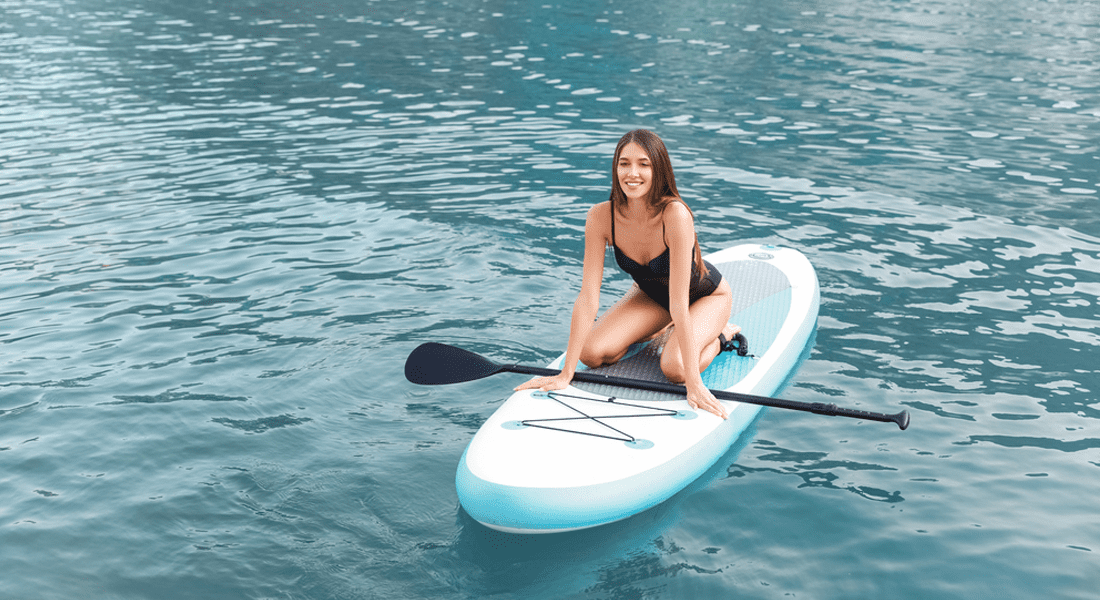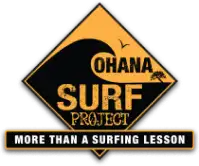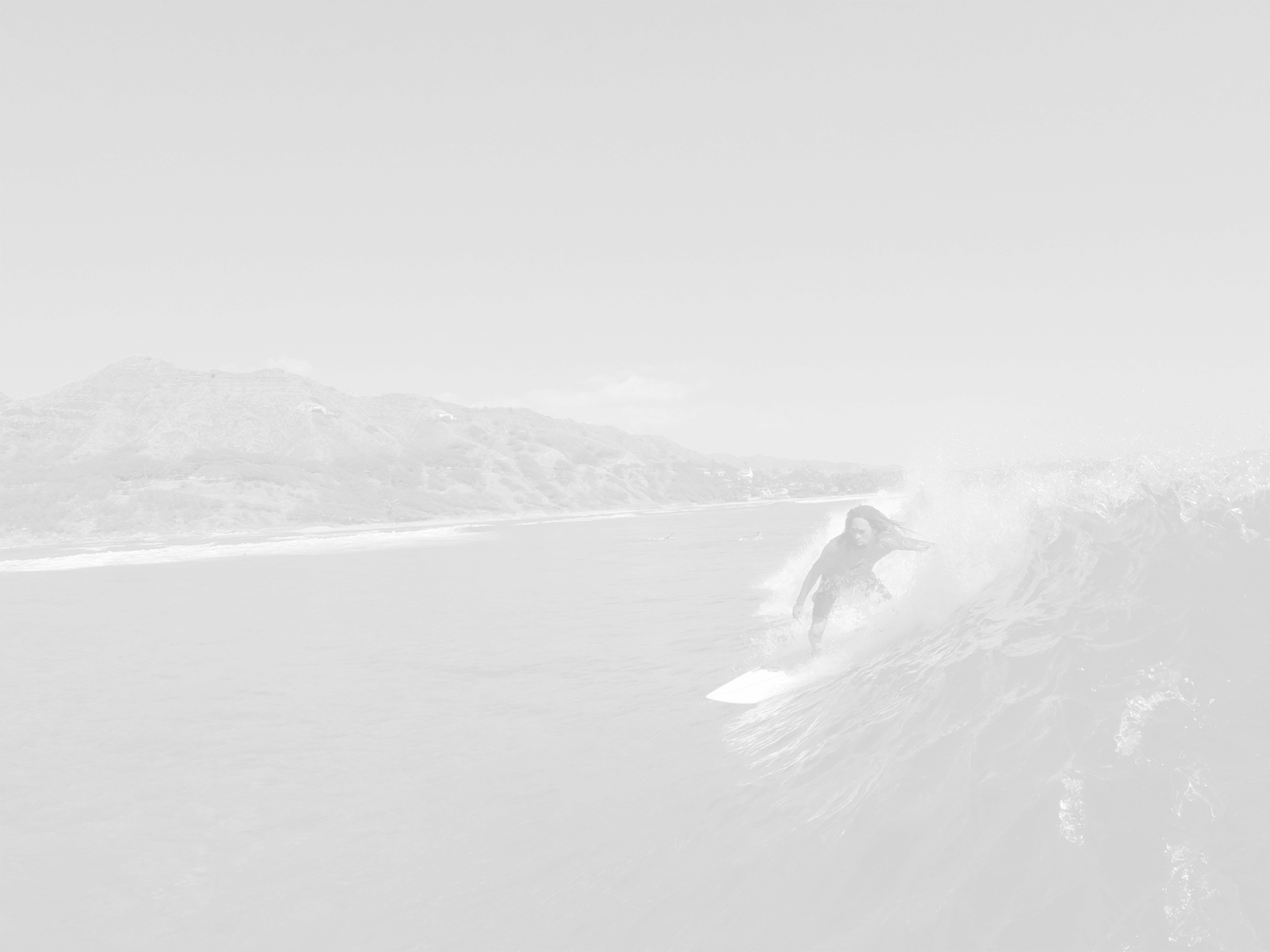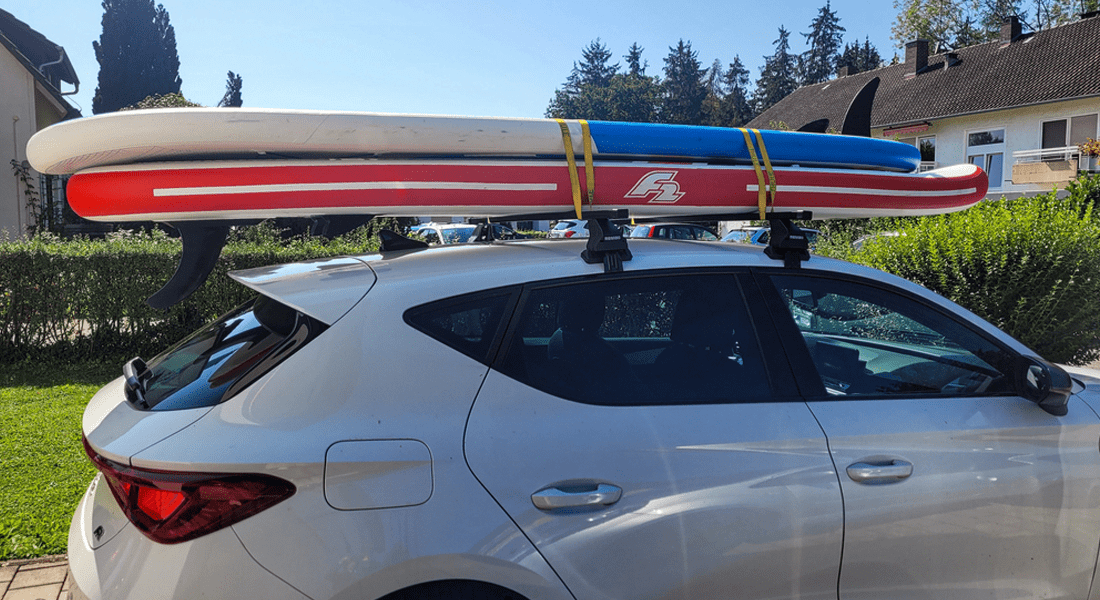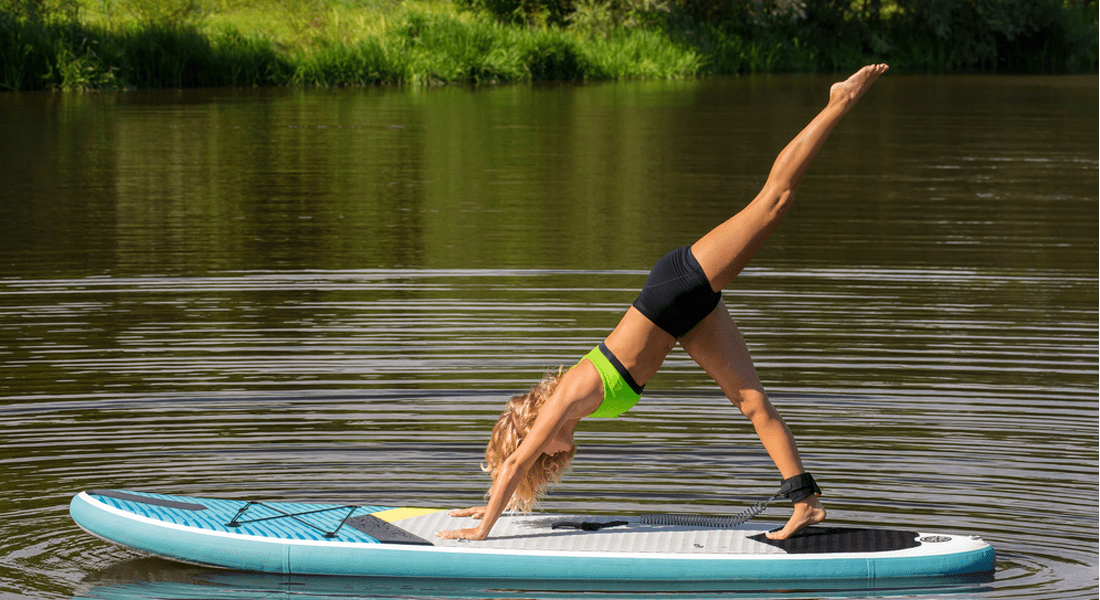Blog
Paddle Board Vs. Surfboard – Which Suits You Best?
Choosing between a paddle board vs. surfboard can be challenging, especially for beginners. The decision often depends on your personal preferences, fitness level, and the type of water activities you enjoy. In this blog post, we'll explore the differences, benefits, and considerations to help you decide which option suits you best.
Understanding Paddleboarding and Surfing
- Paddleboarding: A Peaceful Adventure
Paddleboarding offers a serene and almost meditative experience on the water. It involves standing on a large, stable board and using a paddle to navigate through the water. This activity is perfect for those who enjoy a slower pace and the opportunity to connect with nature. Paddle boarding requires balance and core strength, providing a full-body workout while allowing you to glide peacefully across various water bodies.
- Surfing: Riding the Waves
Surfing, on the other hand, is all about riding waves towards the shore. It involves lying on a surfboard, paddling to catch a wave, and then standing up to ride it. Surfing offers an exhilarating experience that requires skill, agility, and balance. It's ideal for thrill-seekers who love the excitement of challenging the ocean's waves and feeling the rush of adrenaline.
Key Differences Between a Paddle Board vs. Surfboard
Paddleboards are generally broader and longer than surfboards, providing more stability. This makes them an excellent choice for beginners still developing their balance and coordination. The added stability also allows for various activities on the paddle board, such as yoga or fishing.
Surfboards, being narrower and shorter, offer less stability but are designed for better wave maneuverability. Surfing requires more balance and skill, making it more challenging for beginners.
Paddle boards are incredibly versatile. They can be used for various activities, including
stand-up paddleboarding lessons, cruising, yoga, and fishing. This versatility makes them a great option for those who want to explore different water activities.
Surfboards are primarily designed for riding waves. While they can be used for bodyboarding and knee-boarding, they aim to catch and ride waves. This makes them less versatile compared to paddle boards.
Both paddle boarding and surfing provide excellent workouts but in different ways. Paddleboarding offers a low-impact, full-body workout that engages your core, arms, and legs. It helps improve balance, coordination, and cardiovascular health.
Surfing is a high-intensity workout that primarily engages your core, upper body, and legs. Catching and riding waves require paddling, balancing, and quick movements, providing a more intense cardiovascular workout.
Paddleboarding has a gentler learning curve compared to surfing. Most beginners can get the hang of standing on a paddle board and paddling quickly. The board's stability makes it easier to learn and enjoy from the start.
Surfing, on the other hand, has a steeper learning curve. Developing the skills needed to catch and ride waves takes time and practice. Beginners often spend considerable time learning to paddle, balance, and stand up on the board.
Considerations for Choosing Between a Paddle Board vs. Surfboard
Consider what you want to achieve when deciding between a paddleboard and a surfboard. A paddle board is a great choice if you're looking for a versatile board that allows for various water activities and provides a peaceful experience. If your primary goal is to ride waves and experience the thrill of surfing, then a surfboard is the way to go.
- Fitness Level and Agility
Your fitness level and agility also play a crucial role in your decision. Paddleboarding suits individuals of all fitness levels, providing a steady workout that can be adjusted to your pace. Surfing, however, requires higher fitness and agility due to the physical demands of paddling and riding waves.
- Availability of Water Bodies
The type of water bodies available to you can influence your choice. Paddle boards can be used on lakes, rivers, bays, and the ocean, making them suitable for various locations. Surfboards require ocean waves, so a surfboard might be more appropriate if you live near the coast with access to good surfing spots.
The cost of paddle boards and surfboards can vary significantly. Paddle boards, especially inflatable ones, can be more affordable and convenient for beginners. They are also easier to transport and store. Surfboards can range in price depending on the type, size, and materials used. High-performance surfboards can be quite expensive, so consider your budget when deciding.
- Construction Style and Materials
Paddle boards come in two main styles: hard shell and inflatable. Hardshell paddle boards are similar to surfboards in construction, with foam cores and fiberglass or epoxy shells. Inflatable paddle boards are durable PVC and can be deflated for easy transport and storage.
Surfboards are typically made with foam cores and fiberglass or epoxy shells. They can also be constructed with wood or other composite materials. Consider the construction style and materials based on your storage space, transportation needs, and durability preferences.
The dimensions and fin setup of paddle boards and surfboards differ significantly. Paddle boards are longer and wider, providing more stability. They usually range from 9' to 12' in length, and 30" to 34" in width.
Surfboards are shorter and narrower, typically ranging from 6' to 10' in length, and 18" to 22" in width. Paddle boards typically have two or three fins for tracking and stability, while surfboards can have one to three for maneuverability.
Consider your height, weight, and intended use when choosing your board's dimensions and fin setup. A longer, wider board will provide more stability, while a shorter, narrower board will be more maneuverable.
Can You Use a Paddle Board as a Surfboard and Vice Versa?
While paddle boards and surfboards are designed for different purposes, there is some crossover. You can use a paddle board to catch smaller waves and enjoy a unique surfing experience. This is known as SUP surfing and is popular among those who want to combine paddling and wave riding. The larger, stable platform of a paddle board makes it easier to catch waves and enjoy a longer, smoother ride compared to a traditional surfboard.
Using a surfboard as a paddle board, however, is more challenging due to the surfboard's smaller size and lower buoyancy. Surfboards are designed for agility and maneuverability on waves, making them less suitable for paddling long distances or performing activities like yoga or fishing.
Personal Interest and Lifestyle
Your personal interest and lifestyle should also guide your decision. If you seek the adrenaline rush of commanding roaring waves and enjoy the challenge of mastering a skill, surfing might be the perfect fit for you. On the other hand, paddle boarding is an excellent choice if you prefer a tranquil water journey that offers a full-body workout and relaxation.
Additional Tips for Choosing the Right Board
When choosing between a paddleboard and a surfboard, it's important to consider your goals, preferences, and available resources. Try to test both types of boards if possible, as firsthand experience can help you make a more informed decision. Joining a local paddleboarding or surfing community can also provide valuable insights and support as you embark on your water sports journey.
For beginners, taking professional lessons can be immensely helpful. Check out
surf lessons in Waikiki or stand-up paddleboarding lessons to get started with the right techniques and safety practices.
At Ohana Surf Project, we offer a variety of surfing and paddleboarding experiences tailored to your skill level and preferences. Whether you're looking to catch your first wave or enjoy a peaceful paddle, our expert instructors are here to guide you every step of the way. Join us and discover the joy of water sports with our dedicated team.
